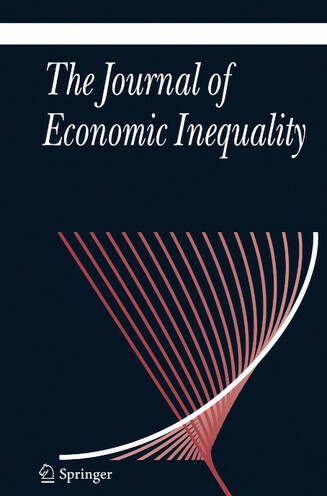DOES THE RETIREMENT CONSUMPTION PUZZLE DIFFER ACROSS THE DISTRIBUTION?
ABSTRACT
Previous research has repeatedly found a puzzling one-time drop in the mean and median of consumption at retirement, contrary to the predictions of the life-cycle hypothesis. However, very little is known as to whether these effects vary across the consumption distribution. This study expands upon the previous work by examining changes in the consumption distribution between the non-retired and the retired using quantile regression techniques on pseudo-cohorts from the cross-sectional data of the 1990-2007 Consumer Expenditure Survey. The results indicate that there are insignificant changes between these groups at the lower end of the consumption distribution, while there are significant decreases at the higher end of this distribution. In addition, these changes in the distribution are gradually larger in magnitude when moving from the lower end to the higher end, which is found using several different measures of consumption. Work-related expenditures are instead shown to decrease uniformly across the consumption distribution. This evidence reveals that there is a progressive distributional component to the retirement consumption puzzle.
Statistics
Web of Science Times Cited
5
Journal Citation Indicator
0.86

